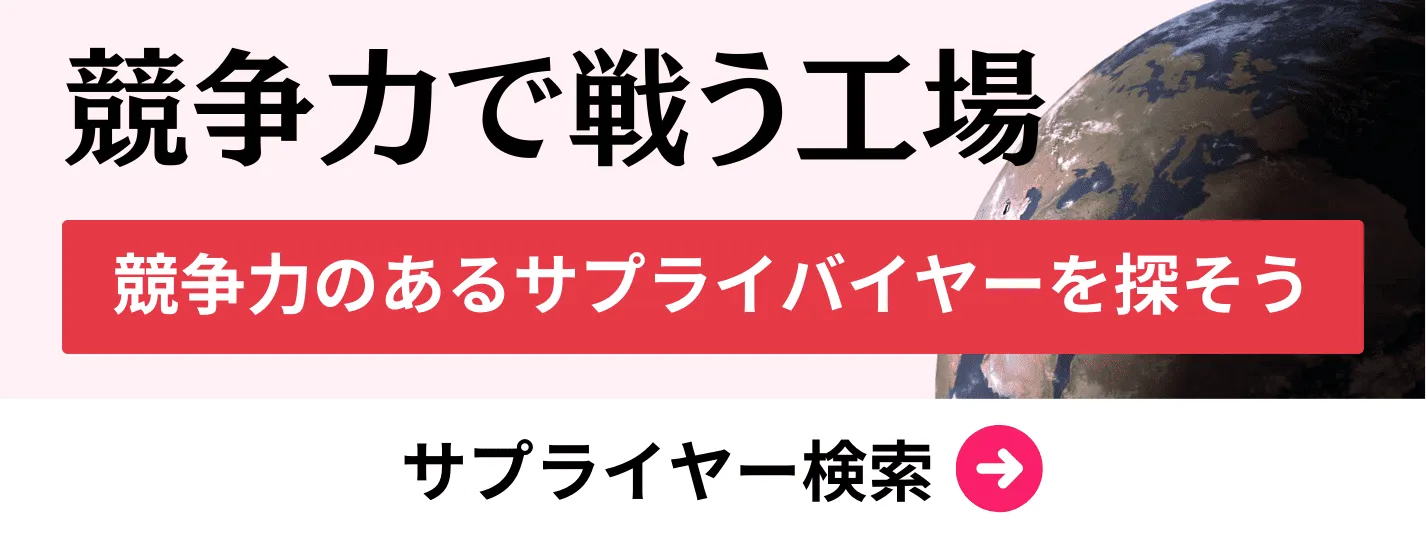- お役立ち記事
- The difference between Straight-through Rate and Yield Rate
月間76,176名の
製造業ご担当者様が閲覧しています*
*2025年3月31日現在のGoogle Analyticsのデータより

The difference between Straight-through Rate and Yield Rate

Understanding the technical terms and metrics in manufacturing is essential for anyone involved in the industry. Two important metrics often discussed are the Straight-through Rate (STR) and Yield Rate. Knowing the difference between these two can help improve production processes and ensure better quality control.
目次
What is Straight-through Rate?
Straight-through Rate (STR) is a measure of efficiency in a manufacturing or production process. It refers to the percentage of products that are completed without any interruption or rework.
In other words, it’s the rate at which products go through the entire production process from start to finish without any issues that would require them to be taken out of the line for adjustments or repairs.
Importance of STR
A high Straight-through Rate indicates that the manufacturing process is efficient and that the systems in place are working as intended. It means that fewer resources are being wasted on rework or repairs, which can save time, reduce costs, and improve overall productivity.
How to Calculate STR
To calculate the Straight-through Rate, you can use the following formula:
\[ \text{STR} = \left( \frac{\text{Number of Units Completed Without Rework}}{\text{Total Number of Units Entering Production}} \right) \times 100 \]
For example, if you started with 1,000 units and 950 of those were completed without any issues, the STR would be:
\[ \text{STR} = \left( \frac{950}{1000} \right) \times 100 = 95\% \]
What is Yield Rate?
Yield Rate, on the other hand, is a metric that measures the percentage of products that meet quality standards after completing the production process. Unlike STR, Yield Rate focuses specifically on the quality of the output rather than the efficiency of the process.
Importance of Yield Rate
A high Yield Rate indicates that a large proportion of the produced units meet the desired quality standards without significant defects. This is crucial for customer satisfaction and maintaining a good reputation in the market. Poor yield rates can lead to increased costs due to scrap, rework, and warranty claims.
How to Calculate Yield Rate
The formula to calculate the Yield Rate is:
\[ \text{Yield Rate} = \left( \frac{\text{Number of Conforming Units}}{\text{Total Number of Units Produced}} \right) \times 100 \]
For example, if out of 1,000 produced units, 920 of them meet the quality standards, the Yield Rate would be:
\[ \text{Yield Rate} = \left( \frac{920}{1000} \right) \times 100 = 92\% \]
The Key Differences between STR and Yield Rate
While both STR and Yield Rate are crucial for understanding and improving manufacturing processes, they serve different purposes:
Focus on Efficiency vs. Quality
The STR focuses on the efficiency of the production process. It measures how smoothly products move through the process without any issues. Yield Rate, however, focuses specifically on the quality of the finished products.
Interruption and Rework vs. Quality Standards
STR takes into account interruptions and rework needed during production, reflecting the seamlessness of operations. In contrast, Yield Rate measures how many finished products meet the required quality standards irrespective of the rework involved.
Immediate vs. Final Outcome
STR provides an immediate measure of production efficiency as products are being made, whereas Yield Rate assesses the final quality of those products after they are completed.
Why Are Both Metrics Important?
Understanding both STR and Yield Rate is vital for a comprehensive overview of your production process. High STR means resources are being utilized efficiently, but it does not guarantee that the final products will meet quality standards. Conversely, a high Yield Rate ensures product quality but does not reflect how efficiently those products were made.
Balanced Approach
A balanced approach is important in any manufacturing setting. You want your process to be as efficient as possible, minimizing rework and interruptions. At the same time, you want to maintain a high level of quality in the finished products. Focusing solely on one metric at the expense of the other can lead to inefficiencies and quality issues in the long run.
Continuous Improvement
Both STR and Yield Rate offer data that can be used for continuous improvement. Regularly monitoring these metrics allows you to identify areas needing optimization. If your STR is low, it may indicate issues with machinery or workflow that need attention. If your Yield Rate is low, this points to potential quality control problems that need to be addressed.
Conclusion
In conclusion, both Straight-through Rate and Yield Rate are essential metrics in the manufacturing industry. While STR focuses on the efficiency of the production process, Yield Rate emphasizes the quality of the finished products. By understanding and monitoring both, you can ensure a more efficient and quality-focused manufacturing process.
Continuously working on improving both metrics can lead to better resource utilization, cost savings, and higher customer satisfaction, making it crucial for any successful manufacturing operation.
 資料ダウンロード
資料ダウンロード
QCD管理受発注クラウド「newji」は、受発注部門で必要なQCD管理全てを備えた、現場特化型兼クラウド型の今世紀最高の受発注管理システムとなります。
 ユーザー登録
ユーザー登録
受発注業務の効率化だけでなく、システムを導入することで、コスト削減や製品・資材のステータス可視化のほか、属人化していた受発注情報の共有化による内部不正防止や統制にも役立ちます。
 NEWJI DX
NEWJI DX
製造業に特化したデジタルトランスフォーメーション(DX)の実現を目指す請負開発型のコンサルティングサービスです。AI、iPaaS、および先端の技術を駆使して、製造プロセスの効率化、業務効率化、チームワーク強化、コスト削減、品質向上を実現します。このサービスは、製造業の課題を深く理解し、それに対する最適なデジタルソリューションを提供することで、企業が持続的な成長とイノベーションを達成できるようサポートします。
 製造業ニュース解説
製造業ニュース解説
製造業、主に購買・調達部門にお勤めの方々に向けた情報を配信しております。
新任の方やベテランの方、管理職を対象とした幅広いコンテンツをご用意しております。
 お問い合わせ
お問い合わせ
コストダウンが利益に直結する術だと理解していても、なかなか前に進めることができない状況。そんな時は、newjiのコストダウン自動化機能で大きく利益貢献しよう!
(β版非公開)









